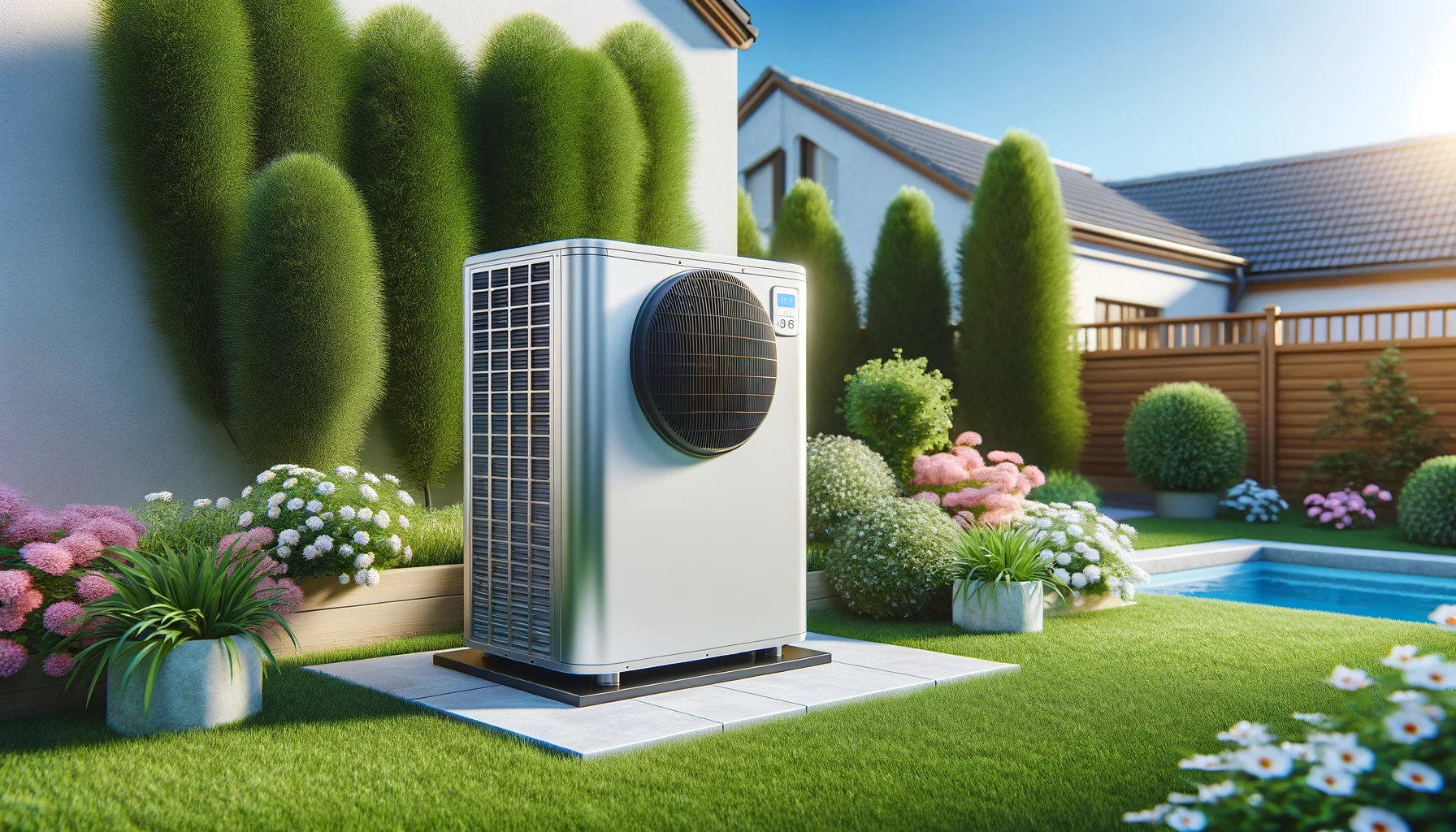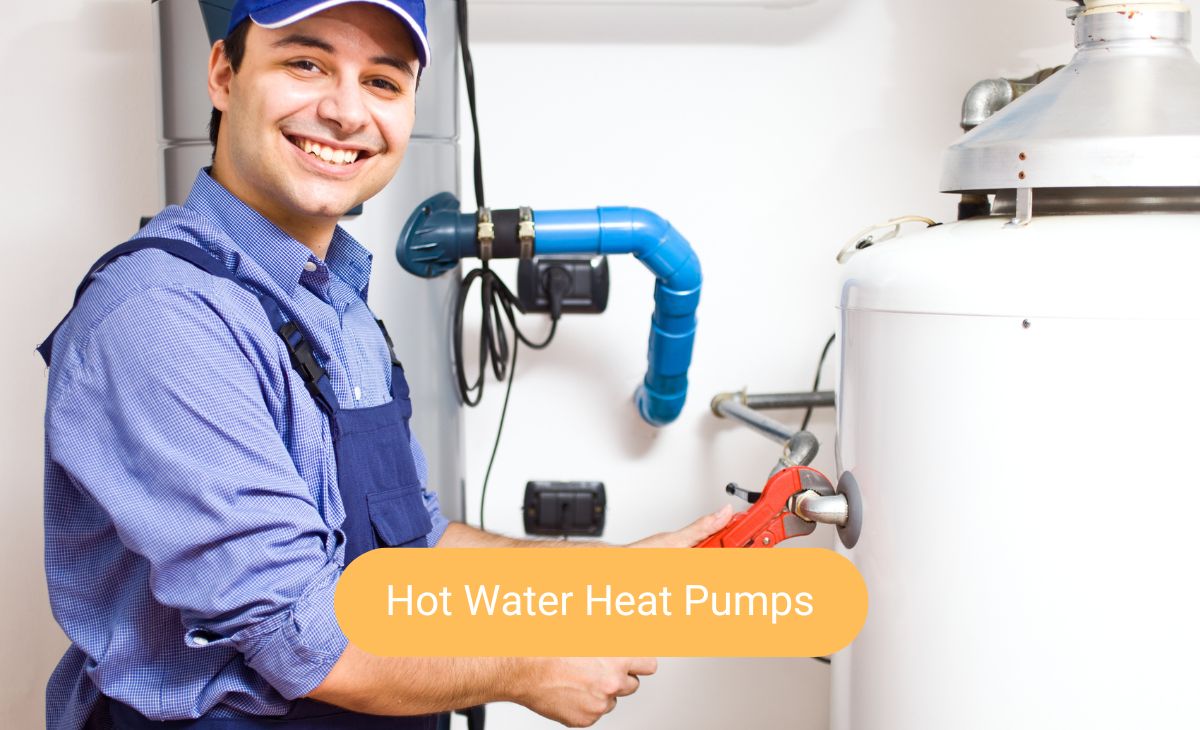Contemplating a heat pump for your home in Australia? Consumers often weigh their high upfront costs against potential energy savings and environmental benefits. Whether in the frosty southern states or the tropical north, are heat pumps worth it in Australia? This article demystifies the economic and climate adaptability of heat pumps, unpacking if they make a smart choice for your energy and ecological needs without diving into sales talk or technical jargon.
Key Takeaways
Heat pumps offer an energy-efficient solution for heating and cooling needs in Australia, potentially reducing emissions by up to 15 million tons per year by 2050.
While initial costs and noise can be concerns, the long-term benefits include substantial energy bill savings, lower carbon emissions, and versatility for year-round comfort.
Government incentives and rebates help mitigate the high upfront costs of heat pumps, supporting wider adoption for both residential and commercial applications.
Understanding Heat Pumps in Australia
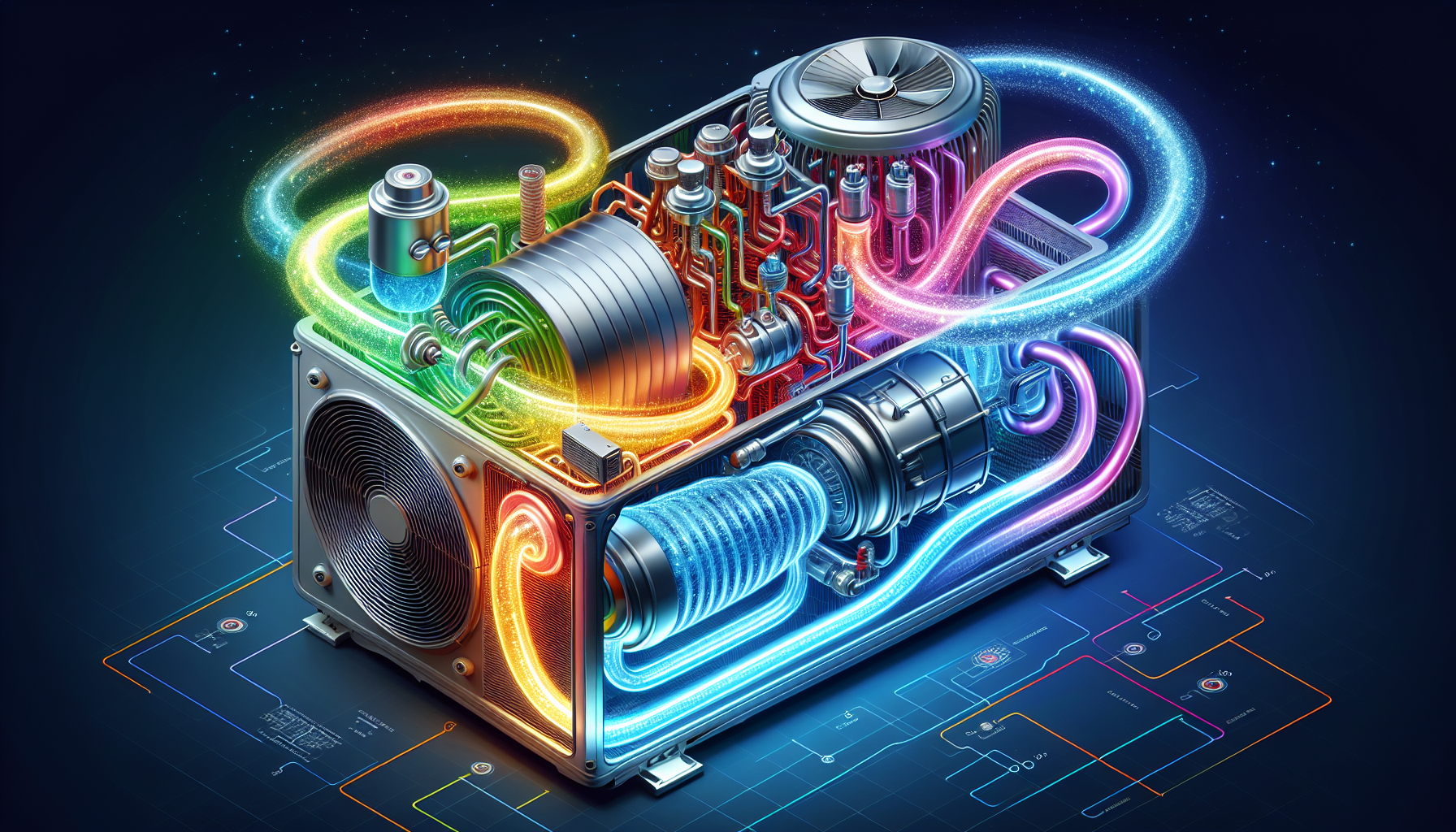
Heat pumps, which utilize a heat exchanger, are nifty devices that:
Transfer heat from a lower temperature to a higher temperature area
Work like a refrigerator in reverse, moving heat around instead of creating it
Offer both heating and cooling solutions, perfect for Australia’s varied climates.
In the world of heat pumps, heat pump efficiency is king. It’s measured by the Coefficient of Performance (COP), which basically tells you how much heat they can move for every unit of electrical energy they consume. And as we grow more conscious of our environmental footprint, the refrigerants used in these pumps have evolved too, making them more sustainable and effective.
Heat Pump Technology Explained
So, how does a heat pump work? At the heart of a heat pump are four major players: the evaporator, compressor, expansion valve, and condenser. These components collaborate in a wonderful dance known as the refrigeration cycle. The compressor takes center stage here, moving the refrigerant through the system, absorbing heat at the evaporator, and releasing it at the condenser.
This extracted heat isn’t for show, though. It’s transferred to your building, warming you up during chilly winters. And, if you have a reversible heat pump, it can also cool you down during scorching summers. So, whether you’re in chilly Tasmania or tropical Queensland, a heat pump has got you covered, pumping heat efficiently to meet your needs.
The Role of Heat Pumps in Australia
Heat pumps aren’t just a clever way to heat and cool your space. They might just be our secret weapon in the battle against climate change. By 2050, these handy devices could potentially reduce emissions in Australia by a whopping 15 million tons per year. That’s like taking millions of cars off the road!.
But it’s not just about the environment. Heat pumps are a practical solution for the diverse climates we experience across Australia. From the mild winters in Sydney to the sweltering summers in Darwin, heat pumps offer a versatile solution that can adjust to our unique needs and contribute to our global efforts toward energy efficiency.
Assessing the Advantages of Heat Pumps
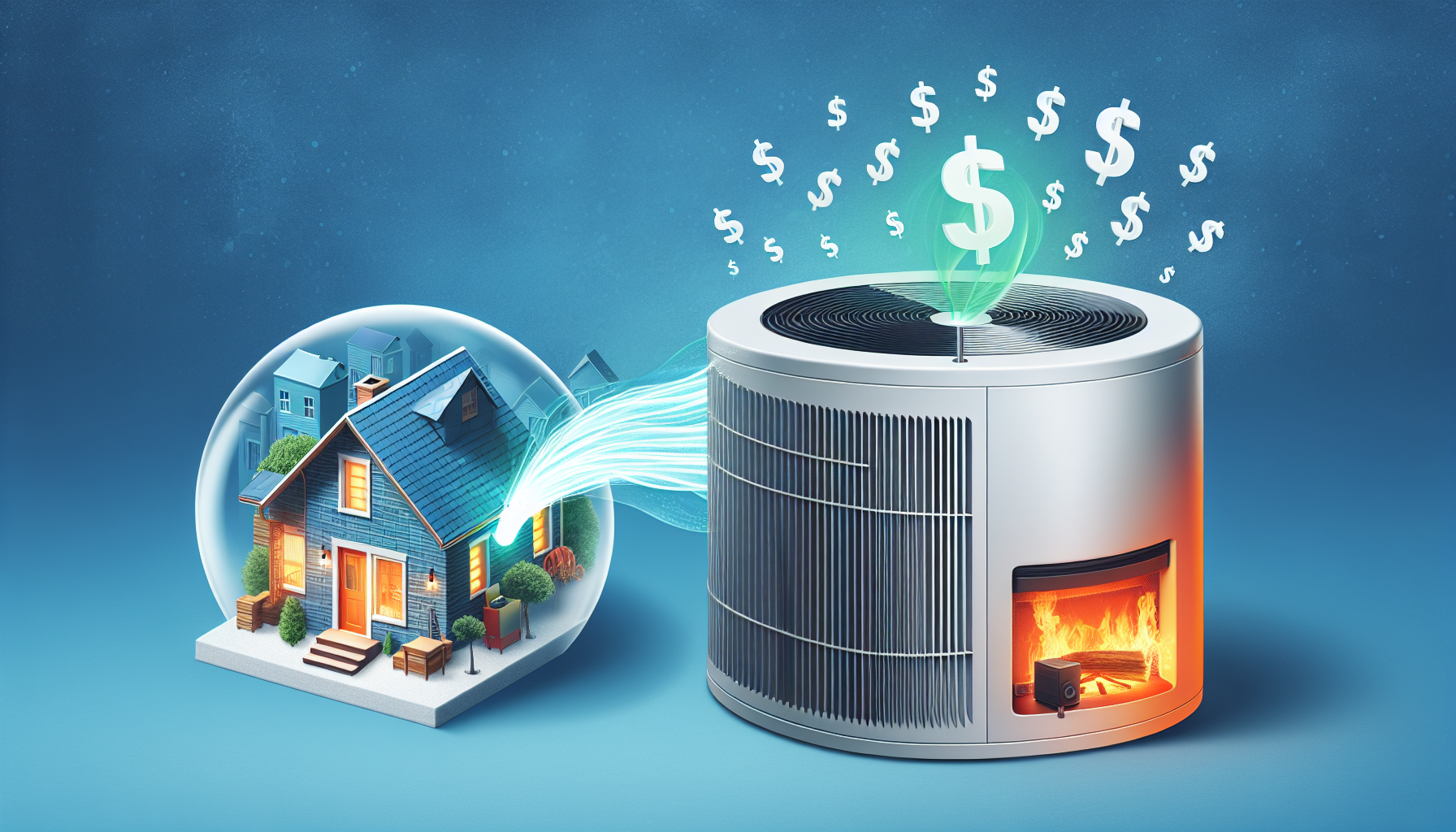
Now that we’ve got a handle on how heat pumps work and their role in Australia, let’s dive into the good stuff – the benefits. Heat pumps pack quite a punch when it comes to energy efficiency. Some high-efficiency models like the Sanden Eco-Plus and Daikin US7 can produce up to 10-15 times the energy they consume, achieving up to a mind-boggling 600% efficiency.
But it’s not just about saving on your energy bills. Heat pumps also help you do your part for the planet. Thanks to their heat exchange process, they have a significantly lower carbon footprint compared to traditional water heating methods. Plus, they eliminate the need for combustion-based fuel, reducing any associated safety risks.
Energy Efficiency
Who doesn’t want to save on their energy bills? And with a heat pump, the savings can be substantial. Households in Canberra could save $1,733 per year, and those in Melbourne $658 per year on heating costs by switching from gas to a reverse cycle air conditioner.
But it’s not just households that can benefit. In industrial settings, heat pumps can harness waste heat flows from processes, making them even more economical. Even with higher initial costs, the lower operating costs can result in significant savings over time.
In fact, hot water heat pumps, also known as heat pump water heaters or simply heat pumps, can save an average of 86% on a household’s annual water heating costs compared to conventional systems in certain Australian states when used to heat water.
Environmental Benefits
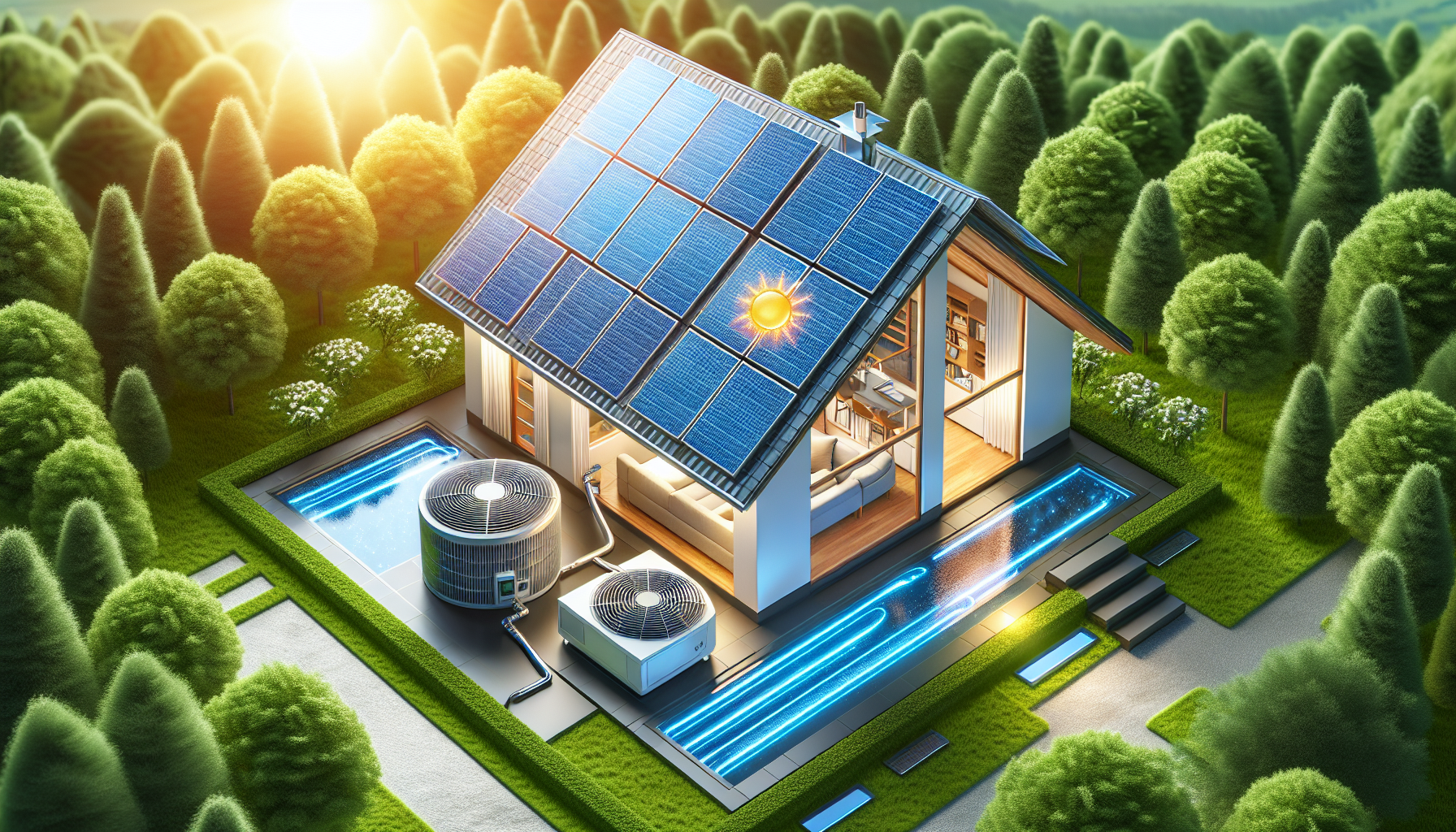
But heat pumps aren’t just about dollar savings. They’re also about saving our planet. By utilizing electricity and a heat exchange process, heat pumps offer:
significantly lower carbon emissions compared to other heating systems
higher energy efficiency compared to gas hot water systems
lower greenhouse gas emissions, contributing to a net reduction in emissions.
In fact, by 2025, heat pumps are expected to emit less CO2 than oil and natural gas boilers. And here’s the kicker: in 2021, heat pumps could supply over 80% of global space and water heating demand with decreased CO2 emissions. Plus, you can couple them with solar power to create an efficient, renewable-powered heating and cooling solution, further boosting their environmental chops.
Versatility and Year-Round Use
One of the coolest things about heat pumps (pun intended) is their versatility. They provide both heating in winter and cooling in summer, offering a two-in-one system that’s both convenient and space-saving.
And it doesn’t matter if you’re dealing with a chilly winter morning or a blazing summer afternoon. Heat pumps ensure comfort in varying weather conditions by efficiently extracting heat from the atmosphere regardless of the climate, making them suitable for year-round use. When it comes to heat pumps, they are a reliable and efficient choice for maintaining a comfortable indoor environment.
Plus, many free heat pumps offer space cooling in summer in addition to space heating in winter, making them a truly versatile solution for all your temperature needs.
Addressing the Disadvantages of Heat Pumps
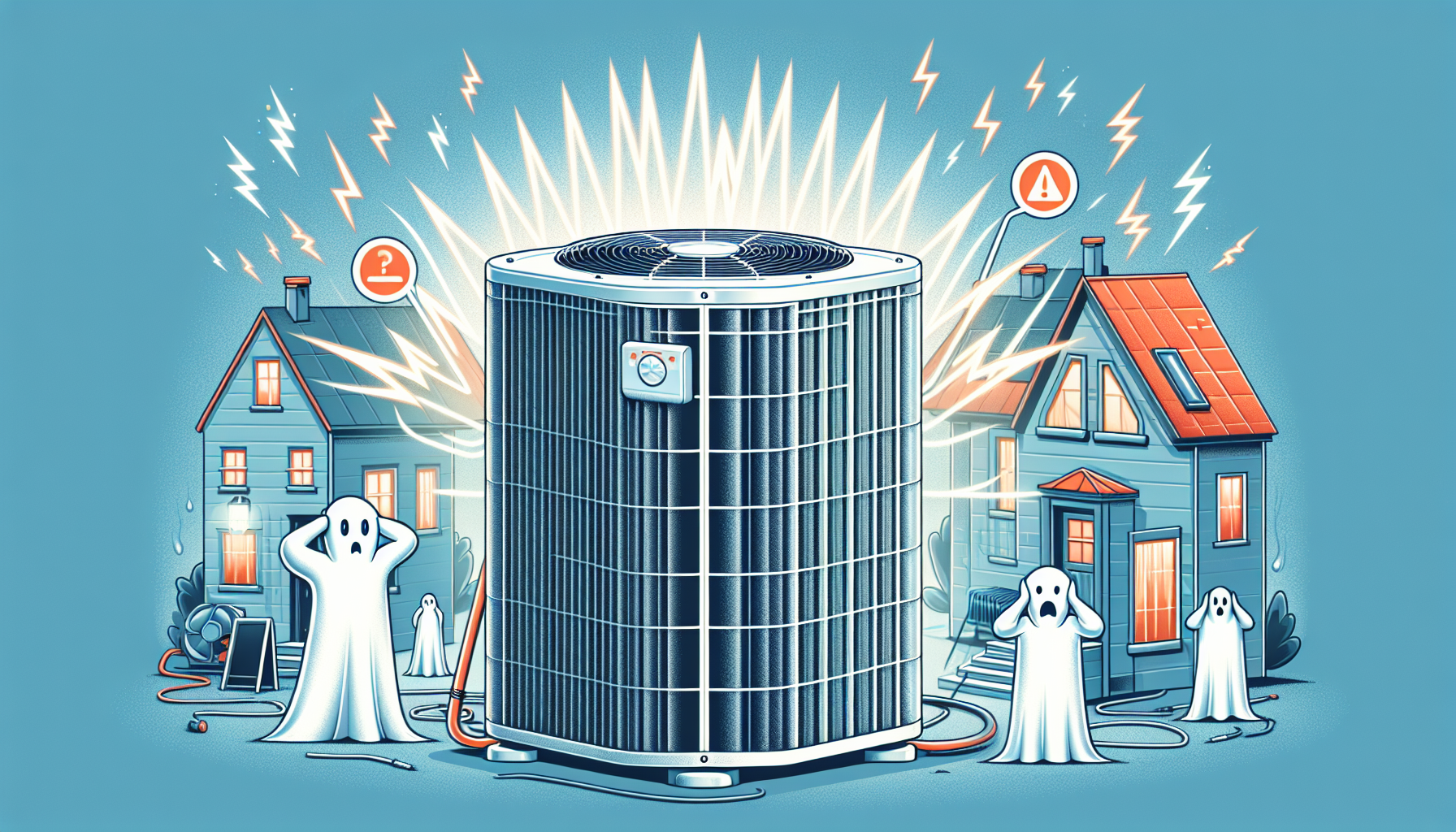
Now, we’ve been singing praises for heat pumps, but like all things, they come with their own set of challenges. For one, there’s the issue of noise. In densely populated areas, the noise from heat pumps can affect the quality of life and may lead to disputes between neighbors.
But don’t fret! It’s not all doom and gloom. Mitigation strategies include proper installation, regular maintenance, and using units designed for low noise output. And besides, modern heat pump systems are designed to operate quietly, so you won’t have to worry about disturbing your afternoon nap or your neighbor’s peace and quiet.
Initial Costs and Installation
One of the main hurdles for many considering a heat pump is the initial cost. Purchasing and installing a heat pump system in Australia can range anywhere from AUD 3,000 to AUD 15,000 or more.
Then there’s the installation. Heat pump installation involves challenges such as requiring professionals skilled in refrigeration and electrical systems. So, it’s not something you can just DIY over a weekend.
Performance in Extreme Weather Conditions
While heat pumps are great for most weather conditions, they can struggle a bit when temperatures drop too low. In extremely cold conditions, particularly when temperatures drop below the optimal range for the system’s refrigerant, heat pumps in Australia may experience reduced efficiency.
In such cases, heat pumps may need to rely on backup heating systems, which can increase energy consumption and operational costs. But with careful planning and the right system, you can ensure that your heat pump serves you well, no matter the weather outside.
Noise Concerns
Back to the noise issue. While modern heat pumps are designed to be quieter, noise can still be a concern for some. In fact, there are regulations in place to ensure that heat pumps do not exceed noise levels of 45dB(A) during the day and 40dB(A) at night.
But don’t worry, there are ways to mitigate this. For instance, implementing solid material barriers like fences or garden walls can help reduce noise from heat pumps. Also, the location of the heat pump can also play a significant role in noise disturbances. So, with proper planning and consideration, you can keep the peace and enjoy the benefits of your heat pump.
Financial Incentives and Subsidies for Heat Pumps in Australia
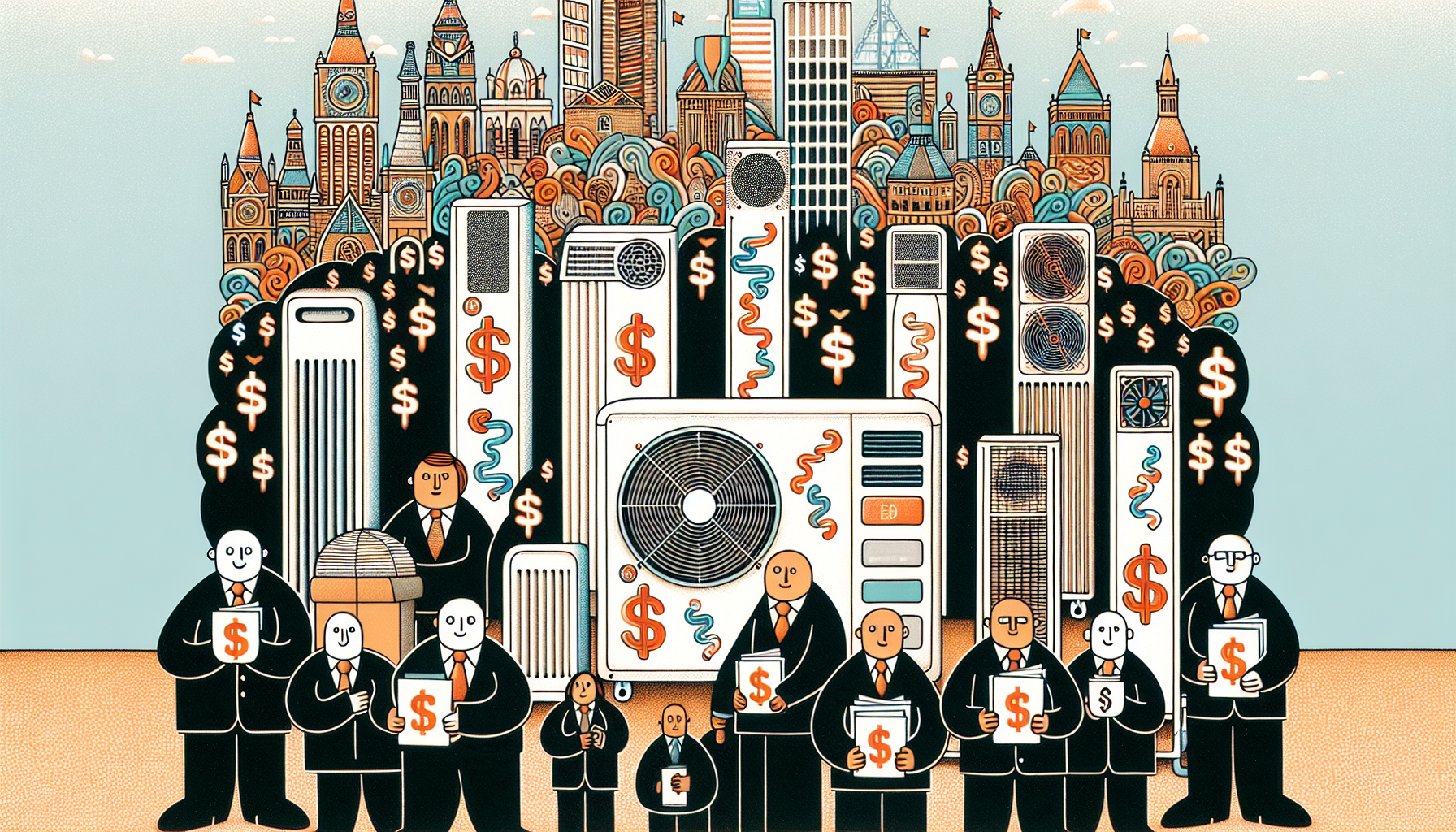
While the initial costs of heat pumps can be daunting, financial incentives and subsidies available for heat pump installations in Australia can make it more manageable. These include rebates and credits from Australian federal, state, and territory governments for heat pump installations.
These incentives can go a long way in offsetting the initial installation costs of heat pumps, making them a more viable option for consumers. For example, to qualify for the Hot Water Rebate in Victoria, households must meet specific criteria, which includes:
a combined income under $210,000 before tax
being owner-occupiers of a home valued at under $3 million
replacing a hot water system that is more than 3 years old.
Federal and State Government Support
The Australian government offers the Small-scale Renewable Energy Scheme, which provides Small Scale Technology Certificates (STCs) for the installation of air source heat pumps. The number of STCs granted is determined by the model’s efficiency. (source)
Then there are state-based incentives like the Retailer Energy Productivity Scheme (REPS) in South Australia and Tasmania’s no-interest Energy Saver Loan Scheme, both encouraging the installation of heat pumps. Plus, there are programs like the Community Energy Upgrades Fund and the Energy Efficient Communities Program that support local governments and businesses in improving energy efficiency through grants.
Local Municipality and Solar Victoria Programs
Beyond federal and state incentives, local municipality and Solar Victoria programs also offer rebates and discounts. Victorian households can receive up to $1000 rebate to assist with the purchase of an eligible heat pump or solar hot water system through the Hot Water Rebate program.
The Victorian Energy Upgrades (VEU) program offers discounts and special offers on selected heat pump hot water systems, ranging from $840 to $1260 when replacing an inefficient electric water heater. Other regions also have similar programs.
For instance, in the Australian Capital Territory, rebates of $750 for the purchase of a heat pump system are available for electricity plan holders with ActewAGL. Even Tasmania is set to offer no-interest loans for energy-efficient upgrades like heat pump systems.
Real-Life Examples: Heat Pump Success Stories in Australia
Nothing speaks louder than success stories. Throughout Australia, heat pumps have been transforming homes and businesses, bringing energy savings, comfort, and environmental benefits. Let’s take a look at a few of these inspiring tales.
Residential Success Stories
Take the Johnson family, for instance. After installing a GoGetaHeatPump, they noticed immediate comfort and energy efficiency, with the intelligent controls allowing for customized temperature settings and reduced energy bills.
Then there’s the Martinez family. They chose GoGetaHeatPump for a sustainable heating and cooling solution, reducing their carbon footprint while enjoying the versatility of the system’s heating and cooling modes. The result? Significant savings on energy costs, similar to those achieved with a gas hot water system.
Commercial Success Stories
Heat pumps aren’t just for homes. They’ve been making waves in the commercial world too. Regis Aged Care conducted an energy audit across multiple facilities, which resulted in successful energy upgrades via heat pump installations.
St Ignatius Vineyard and Winery improved energy efficiency after an assessment conducted under the Victorian Government’s Agriculture Energy Investment Plan. And Buttercup Bakeries incorporated waste heat recovery systems in their production process for more energy-efficient baking. These are just a few of the many ways businesses across Australia are leveraging the power of heat pumps.
Summary
To sum up, heat pumps offer an energy-efficient, environmentally friendly, and versatile solution for heating and cooling needs in Australia. While they come with their own set of challenges, such as initial costs, performance in extreme weather conditions, and noise concerns, the benefits often outweigh these drawbacks. With government incentives and subsidies making them more affordable, and real-world success stories attesting to their effectiveness, heat pumps can indeed be a worthwhile investment for homes and businesses in Australia.
Frequently Asked Questions
How much does a heat pump cost in Australia?
In Australia, the cost of a heat pump can range from $3,000 to $6,000 for well-known brands and larger tank sizes. Date and time.
How long do heat pumps last Australia?
Heat pumps in Australia can last between 15-20 years if they are properly serviced, so make sure to have a professional inspect your unit every five years to ensure its longevity. Checking the warranty can give you an idea of how long the system is expected to last.
What is the best heat pump to buy in Australia?
The Rheem hot water heater is a top choice for a heat pump in Australia due to its energy efficiency and top-class hot water system, making it a crowd favorite.
What is the downside to a heat pump?
The downside to a heat pump is that in older homes with poor insulation or large open spaces, it may not be as effective at keeping the home comfortable. Additional units or modifications to the system may be needed for even heating and cooling in these spaces.
How does a heat pump work?
A heat pump works by transferring heat from a lower temperature area to a higher temperature area using a refrigeration cycle, involving an evaporator, compressor, expansion valve, and condenser. This process allows it to pump heat from one place to another.
